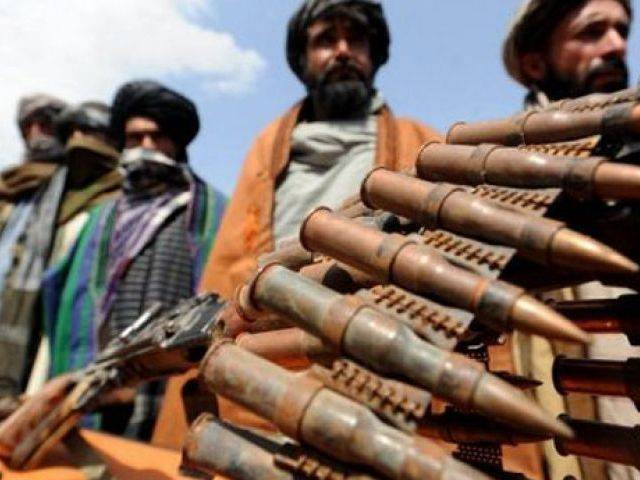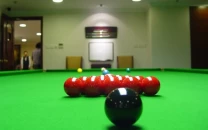Despite decline in militancy, TTP still a potent threat
Islamabad think tank says militant groups are widening the scope of their activities

Fazal Saeed Haqqani was killed by one of his guards. PHOTO: AFP
According to a report compiled by the Islamabad-based think tank and issued on Sunday, many militant groups are widening the scope of their activities, narrowing their ideologies and evolving within new spaces.
Most Islamic State fighters in Afghanistan are TTP men: top US commander
These threats, the report stated, would linger on for a long time unless the state adopted new approaches.

According to the report, the banned TTP still remained a major factor of instability in the country: it carried out 106 attacks.
The rise of Jamaatul Ahrar (JA) was also witnessed in 2016: this outfit carried out 66 attacks. The group owes its rise partially to the weakening of TTP’s operational capability. The evolution of militant dynamics should not be lost upon policymakers, the report noted.
Terrorist attacks saw a 28 per cent decline in 2016: 441 terrorist attacks took place in 57 districts/regions across Pakistan, claiming 908 lives.
While suicide bombings were decreasing, the report stated, 50 per cent of the attacks last year were either targeted killings or shootings.
Although sectarian violence declined for 2016, this threat will also linger on for a long time.
“For one, sectarian outfits are still active. Together with other banned outfits, they are encroaching as new far-right, eating away the socio-political space and injecting sectarian-tilted discourse.
Most importantly, sectarian militancy is blending with the militant landscape.
Last year saw the rebirth of Lashkar-e-Jhangvi (LeJ) as LeJ Al-Alami, a group that attacked a shrine in Khuzdar.
This group is believed to have widened its scope, developing compatibility with global terrorist outfits, including the Islamic State (IS).
Policymakers, the report stated, should keep in mind all these dynamics in charting out a response at the national level.
Six TTP suspects held in Karachi raid
In Balochistan, the report noted, these groups (TTP, Jamaat Ahrar, LeJ Al-Alami) posed a far graver threat than Baloch insurgents. The former had been behind major attacks, including ones in Quetta and Khuzdar, while the latter usually resorted to low-intensity attacks.
Expressing the hope that progress could be made this year, the report stated that the TTP could be tackled through political resolve, adding that this was missing over the past year.
Meanwhile, security forces carried out as many as 95 operational strikes and raids, and apprehended 1,418 suspected terrorists and members of violent groups in 315 search operations.
A special article on the Counter-Terror Department (CTD) Punjab noted that it succeeded because of its independent structure, rigorous training and dedicated role of fighting terror.
“Yet, an over-emphasis on hard component or the use of force, alone, cannot completely root out the problem,” the report pointed out.
The report stated that Pakistan’s counterterrorism (CT) campaign urgently needed to make functional soft CT approaches, including those espoused in the National Action Plan (NAP).
PIPS noted that there is a fierce debate on how progress on NAP would be monitored. The National Counter-Terror Authority (NACTA), which was supposed to be the central counter-terrorism body, is yet to become fully functional, “partly because it operates as a subsidiary of the interior ministry”.
Published in The Express Tribune, January 9th, 2017.


















COMMENTS
Comments are moderated and generally will be posted if they are on-topic and not abusive.
For more information, please see our Comments FAQ